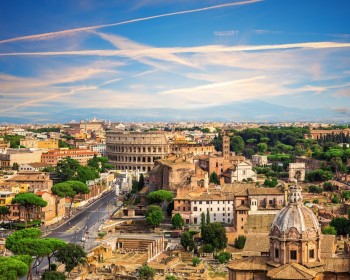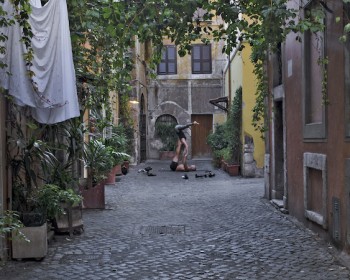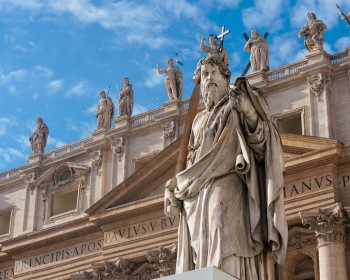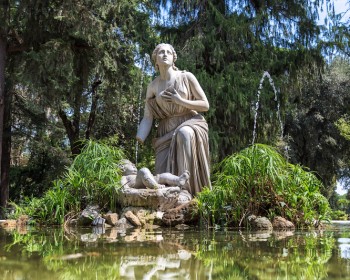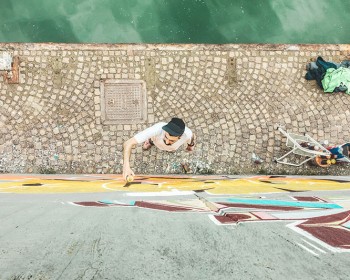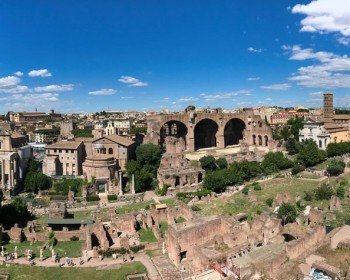Celio is one of the oldest districts, "Rione" of Rome, home to countless art pieces not to miss during your trip to Rome. Located on one of the original seven hills where the Eternal City was founded, Celio takes the name from Celio Vibenna, an Etruscan nobleman who used to live there during the VI Century b.C.
Today, Celio district is a centrally located area that can be reached easily by public transportation and it is close to the main monuments and restaurants to stop for a break.
Check out below and discover all its highlights.
Colosseum
Rome’s timeless symbol is definitely a must see in the Celio neighborhood. The oval amphitheater was named after the Flavian dynasty who began the project under the emperor Vespasian in 72 a.D. and completed later by Titus.
Built in Travertine limestone, tuff, and brick-faced concrete, it could host up to 80,000 spectators.
The name Colosseum comes from the impressive Statue of Nero placed in the area nearby.
The word Colosseum in fact comes from Latin, meaning gigantic.
Arch of Constantine
Located just a few steps away from the Colosseum, this triumphal Arch was built in memory of Constantine the Great, to remember his victory over Maxentius at the Battle of Milvian Bridge in AD 312.
This stunning Arch, which is 69 ft. tall, is located along the so-called Via Triumphalis, the route taken by military leaders who won important battles. In Ancient Rome, people used to greet the winners who entered the city in a great procession.
Ludus Magnus
Have you ever imagined a day in the life of a gladiator? Gladiators spent most of their life gaining strength and training themselves at Ludus Magnus, their training school.
Built by Emperor Domitian, Ludus Magnus is in the valley between the Caelian Hill and Esquiline, in the eastern area near the Colosseum.
San Clemente Basilica
Dedicated to Pope Clement I, this ancient minor Basilica is built on three different levels, each one belonging to a different time and used for different purposes.
The building of the present Basilica dates back to the Middle Ages, while its underground level that dates back to the 4th century was originally a private house that was soon turned into a religious site. Beneath the above levels, it is possible to see its ancient basement from the 2nd century: it was mainly used as a Mithreaum.
Basilica dei Santi Quattro
If you love the off the beaten track and wish to discover more about Christian itineraries in Rome, then you cannot miss the charming Basilica of Santi Quattro Coronati. Dedicated to four anonymous martyrs, it is provided with beautiful frescoes on the apse representing the Saints Severo, Severiano, Carpoforo e Vittorino and a breathtaking cosmatesque cloister, a place full of peace, away from the city crowds.
Discover all of these unmissabile monuments with our Private Tour of Colosseum and Ancient Rome.



